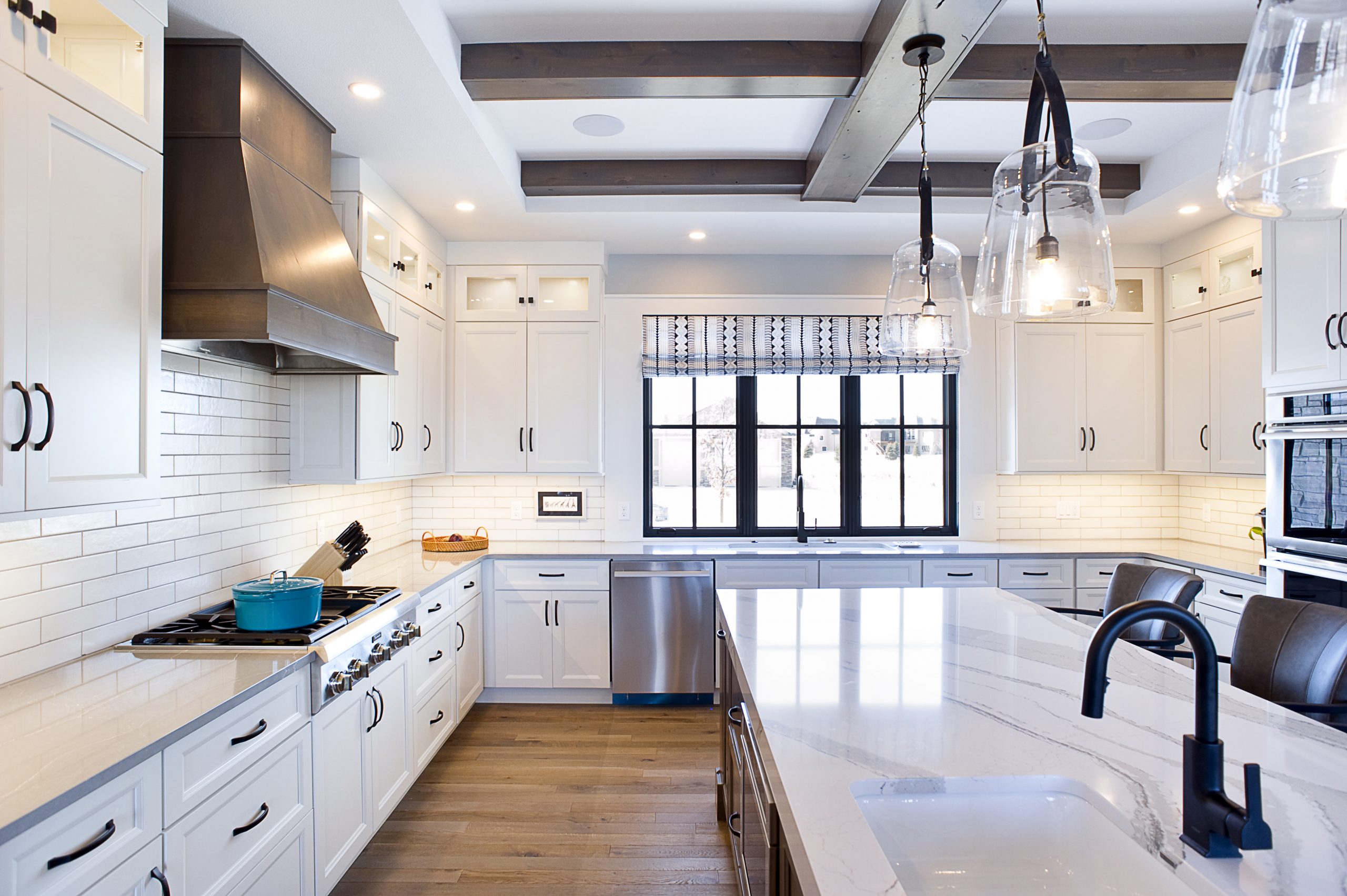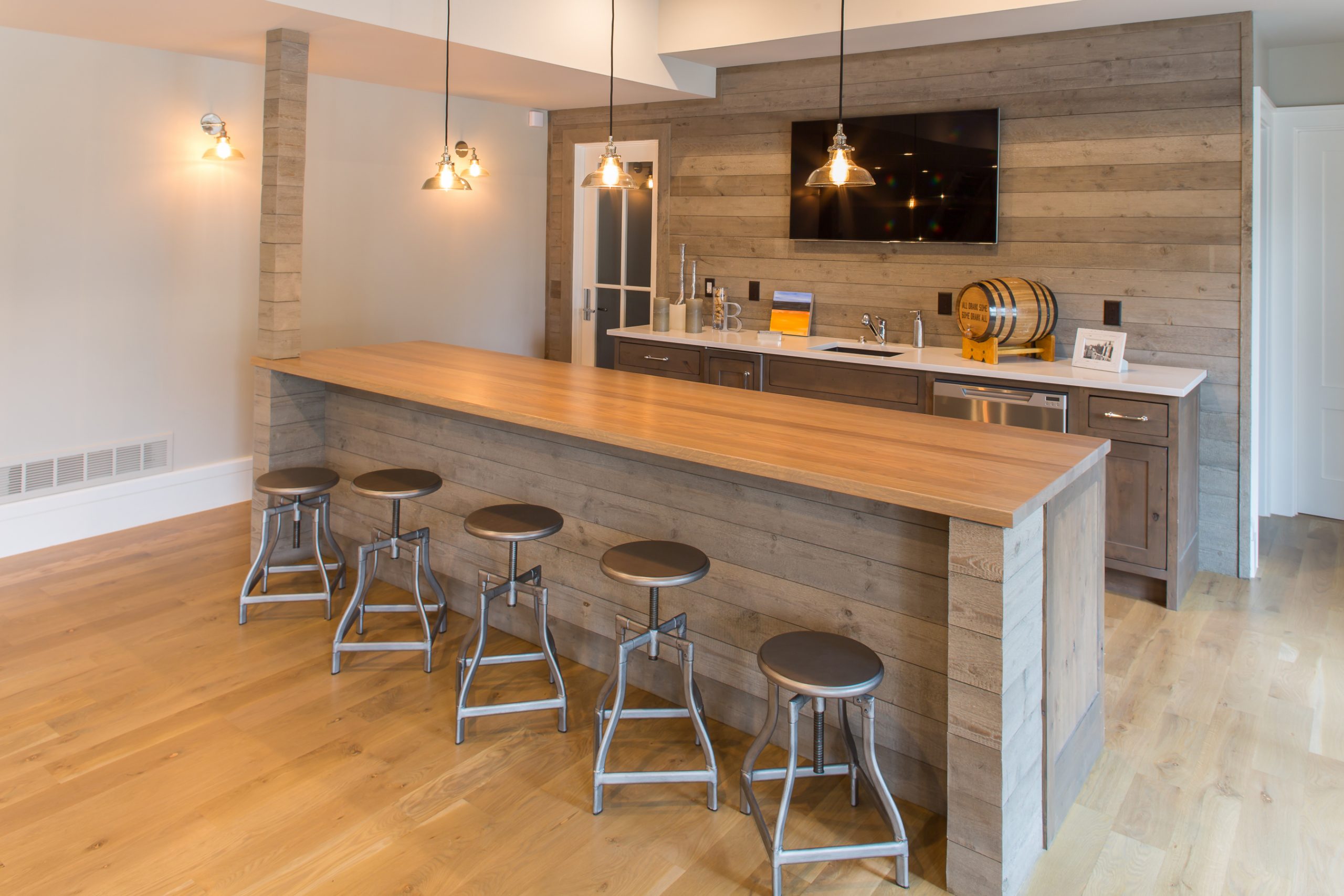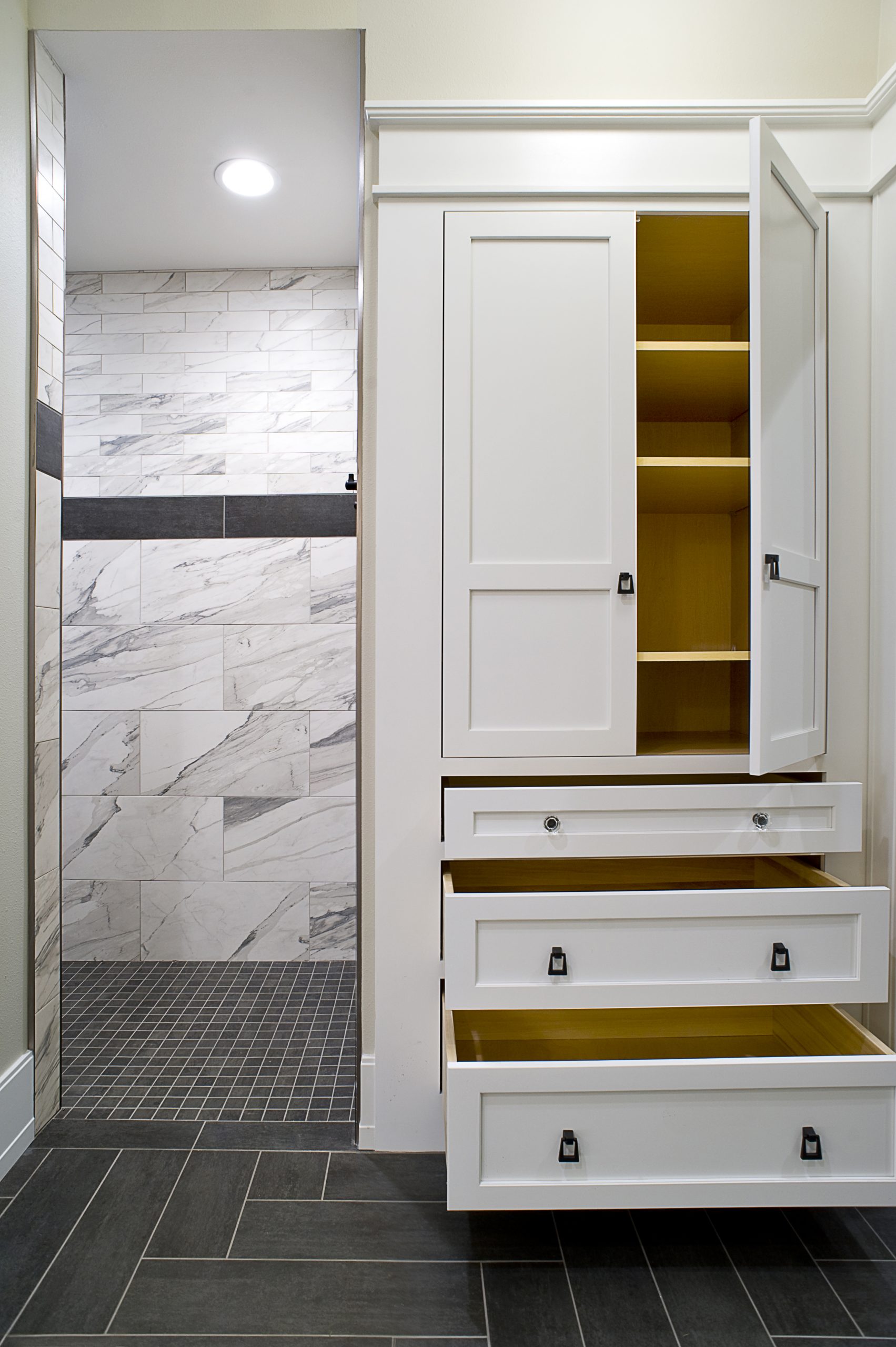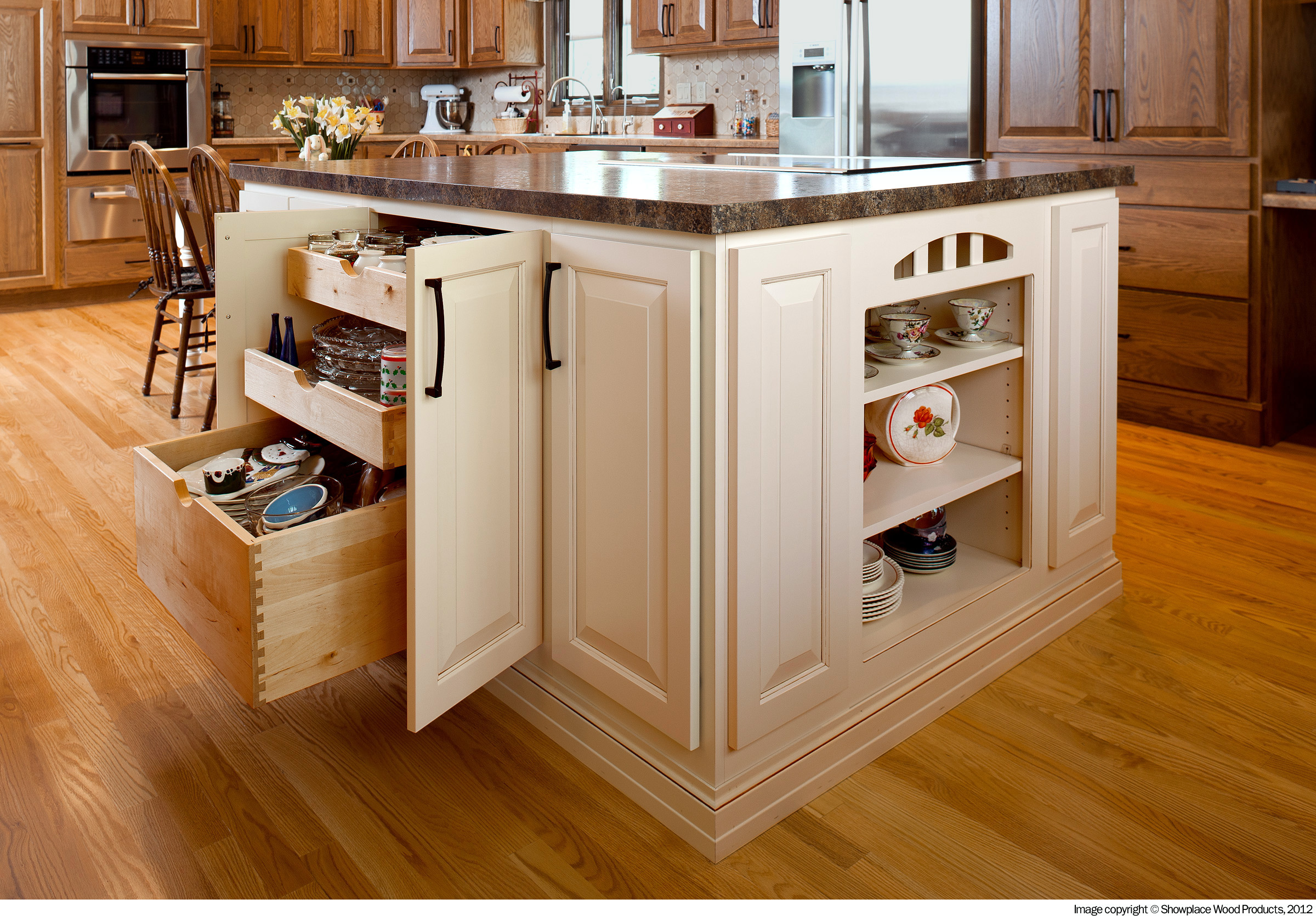
American Home
American Home Kitchen & Bath Remodels
Taking Care Of Your Purchase
Care & Maintenance
Different products require different attention see so you can see exactly how to care for and maintain your products. There are additional cabinet maintenance links further below.
Quartz Countertops
Cambria quartz is the leading quartz manufacturer in the industry, but there are many other quartz companies on the market who may have different requirements for their care and maintenance. The safest choice to clean your quartz is with Windex and be sure to avoid bleach and abrasive cleaners. See the recommended cleaners below.
Butcher Block
There are many different finishing techniques for wood countertops and each have their recommended care methods. Boos butcher block countertops is one of the leading wood countertop suppliers in the nation and they have created a detailed care and maintenance plan for their wood countertops. Be sure to test the cleaning method in an inconspicuous location.
Natural Stone Countertops
Natural stones including but not limited to: Granite, Quartz, Slate, Soapstone, Sandstone, Marble, Limestone, Travertine, and Onyx all have unique characteristics as they are mined from the earth and cut into slabs. Setting your expectations for natural stones and their limitations with heat, cleaners, and acidic items will help prolong the life of the stone.
Hinge Adjustments
Whether from temperature and humidity changes, weight, or use, your doors and drawers will need to be adjusted over time. Hinge adjustments can be made with simple turns of a screw driver. Drawer adjustments can be made by using slides or rolling pins inside the mounting clip on the bottom of the drawer box. Each mounting clip is different and may require trial and error to adjust.
Hinge Restrictors
Cabinet doors open past 90 degrees and may hit deeper cabinets, appliances, walls, or other objects. A third party supplier has created small plastic clips that fit inside certain hinges and can restrict their opening potential to 86 degrees. These restrictors work in most situations, but may not help prevent it in all situations. This is not a design flaw, but normal for full overlay cabinetry.
© 2026 American Home




